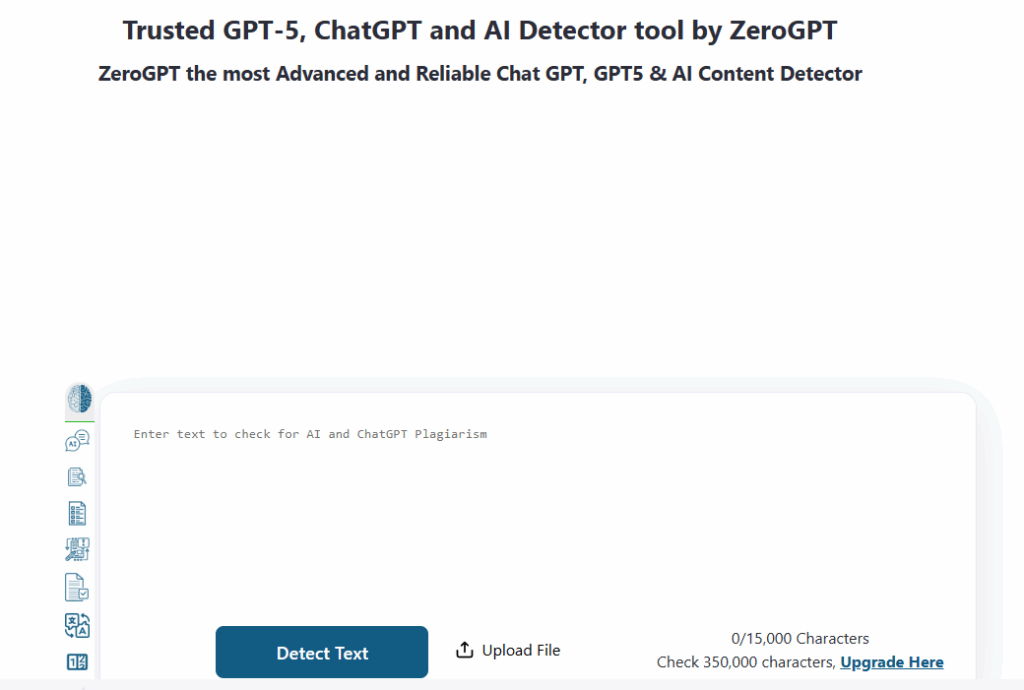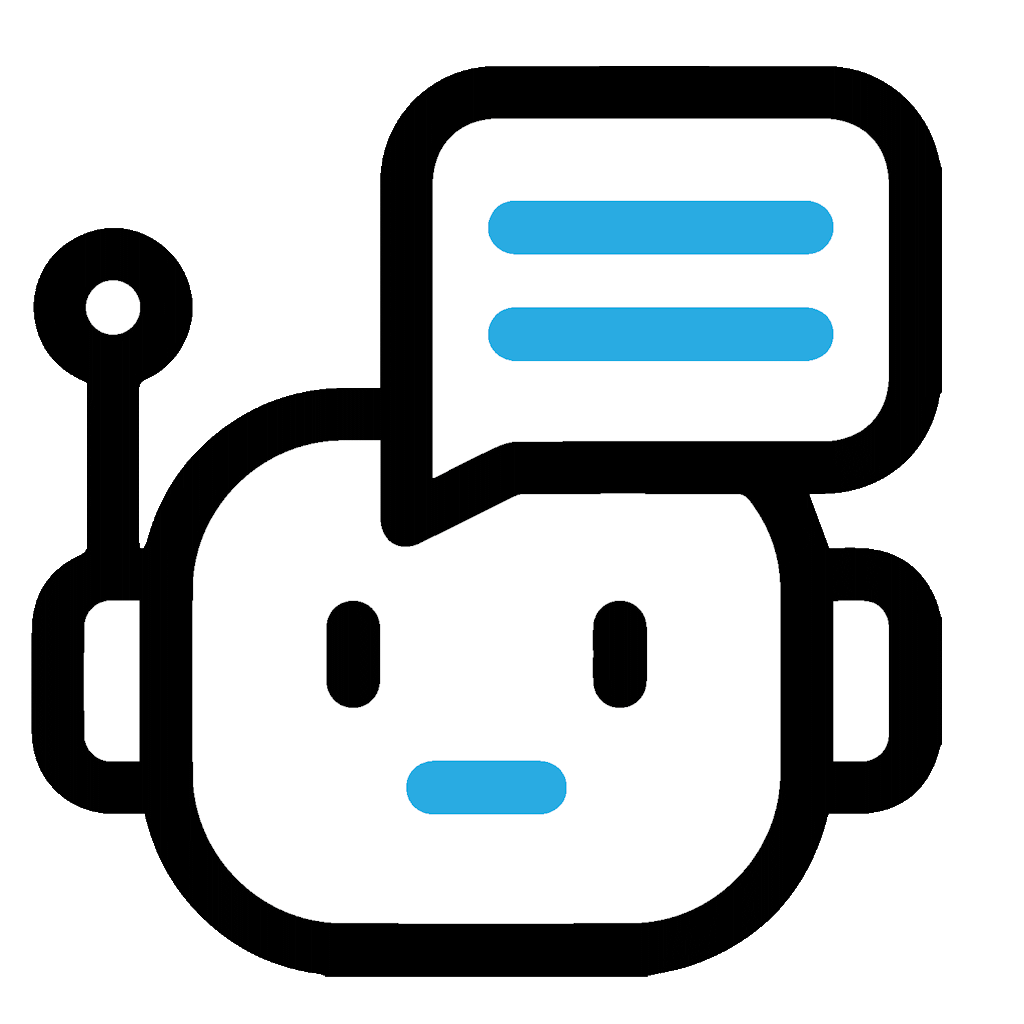With the rise of AI, the marketing options you now have on the internet are almost endless. Platforms emerge overnight, algorithms change without warning, and consumer expectations evolve monthly. Success no longer depends solely on creative campaigns or strategic thinking—it requires the right technological foundation to execute, measure, and optimize your marketing efforts effectively.
Smart marketers recognize that their toolkit determines their competitive advantage. The right combination of tools can transform scattered efforts into cohesive campaigns, manual processes into automated workflows, and guesswork into data-driven decisions. After extensive research and analysis of hundreds of marketing platforms, we’ve identified the 15 essential tools that will define marketing success throughout 2025.
These tools span every critical aspect of modern marketing: from AI-powered content creation to sophisticated analytics, from social media automation to customer relationship management. Each platform has been selected based on its ability to solve real marketing challenges, deliver measurable results, and adapt to our rapidly evolving digital landscape.
AI-Powered Content Creation Tools
Artificial intelligence has fundamentally transformed how marketers approach content creation. These tools don’t just save time—they help create more personalized, engaging content that resonates with your target audience while maintaining consistency across all marketing channels.
SlideModel AI
Professional presentations remain crucial for marketing success, from client pitches to internal strategy sessions.
SlideModel AI leverages AI to streamline presentation creation, transforming what was traditionally a time-intensive process into an efficient, AI-assisted workflow.
Key Features:
- AI-powered presentation structure recommendations based on content type and audience
- Extensive library of professionally designed slide templates across multiple industries
- Automated formatting optimization for visual consistency
- Seamless export functionality to PowerPoint and Google Slides
Why marketers choose SlideModel AI: This platform eliminates the design bottleneck that often delays important presentations and slide decks. Marketing teams can focus on message development while the AI handles visual optimization, ensuring every presentation maintains professional standards without requiring extensive design expertise.
Gracker.ai
Gracker.ai addresses one of modern marketing’s biggest challenges: scaling high-quality content creation for competitive industries. This AI-powered platform specializes in Programmatic SEO and Editorial SEO, enabling marketers to generate hundreds of optimized pages targeting long-tail keywords while maintaining content quality and user value.
For example, if you want to rank for the keywords SEO services for dentists, Gracker.ai can create unique and relevant content for each specific city or town, helping your website rank higher in local search results.
Key Features:
- Programmatic SEO capabilities for bulk keyword-to-page generation
- Editorial SEO tools for producing in-depth, human-quality content
- AI-assisted keyword research with automated content mapping
- Structured templates for scaling long-tail keyword targeting
Why marketers choose Gracker.ai: Teams in competitive industries like cybersecurity, SaaS, and B2B services use Gracker.ai to overcome content production bottlenecks. The platform helps create sustainable organic traffic growth through volume without sacrificing the editorial quality that search engines reward.
ZeroGPT

As AI-generated content becomes ubiquitous, maintaining authenticity becomes crucial for brand credibility. ZeroGPT serves as your quality control checkpoint, using sophisticated algorithms to identify AI-generated content patterns before publication.
Key Features:
- Advanced AI detection with detailed percentage breakdowns
- Multi-language support for global marketing campaigns
- Integration capabilities with popular content management systems
- Detailed reporting on potentially flagged sections
Why marketers choose ZeroGPT: Marketing teams use ZeroGPT to ensure content authenticity while navigating platform guidelines that increasingly scrutinize AI-generated material. It helps maintain editorial integrity across all content channels.
Social Media Management Platforms
Effective social media marketing requires consistent presence across multiple platforms. These tools streamline scheduling, monitoring, and analysis while helping maintain authentic engagement with your audience.
Hootsuite
Hootsuite remains the gold standard for comprehensive social media management, centralizing operations across multiple platforms from a single, intuitive dashboard. Its robust feature set accommodates everything from individual entrepreneurs to large enterprise marketing teams.
Key Features:
- Multi-platform scheduling across all major social networks
- Advanced content curation and asset organization tools
- Team collaboration workflows with approval processes
- Comprehensive analytics dashboard with custom reporting capabilities
Why marketers choose Hootsuite: Marketing teams rely on Hootsuite’s ability to maintain consistent posting schedules while providing detailed performance insights. Its collaboration features ensure brand voice consistency across team members and campaigns.
Bulk.ly
Bulk.ly focuses on automation and efficiency for marketers managing large volumes of social media content. This platform excels at streamlining content distribution while maximizing the lifespan of evergreen marketing materials.
Key Features:
- Bulk CSV upload functionality for efficient content scheduling
- Automated content recycling to extend evergreen content reach
- AI-powered drip scheduling for optimal audience engagement
- Seamless integration with major social media management platforms
Why marketers choose Bulk.ly: Teams with extensive content libraries use Bulk.ly to automate distribution while maintaining consistent social media activity. Its recycling features ensure valuable content reaches maximum audiences over time.
Buffer
Buffer emphasizes simplicity without sacrificing functionality, making it particularly effective for small to medium-sized marketing teams who need powerful social media management without complexity.
Key Features:
- Intuitive drag-and-drop content calendar interface
- AI-recommended optimal posting times based on audience behavior
- Visual content planning with platform-specific previews
- Centralized engagement tracking across all connected accounts
Why marketers choose Buffer: Teams appreciate Buffer’s user-friendly design that makes social media management accessible for members without extensive experience. Its visual planning tools help maintain cohesive brand aesthetics across platforms.
Search Engine Optimization Tools
Organic search continues delivering exceptional ROI for businesses that invest in proper SEO strategies. These tools provide the insights and capabilities necessary to improve search visibility and drive qualified traffic.
Google Analytics 4
Google Analytics 4 represents the next generation of web analytics, offering enhanced privacy features while maintaining comprehensive tracking capabilities. Every serious marketer must master this platform to understand their audience and optimize their marketing efforts.
Key Features:
- Advanced cross-platform tracking with enhanced privacy controls
- Machine learning-powered insights and predictive analytics
- Custom event tracking for detailed user behavior analysis
- Enhanced e-commerce reporting with attribution modeling
Why marketers choose Google Analytics 4: This platform provides the foundational data necessary for most marketing decisions. Its predictive capabilities help marketers identify opportunities and optimize campaigns based on actual user behavior patterns.
SEMrush
SEMrush offers comprehensive competitive intelligence and digital marketing insights that help marketers understand their competitive landscape and identify growth opportunities across multiple channels.
Key Features:
- Extensive keyword research database with competitive analysis
- Comprehensive backlink monitoring and opportunity identification
- Content gap analysis for strategic content development
- Paid advertising intelligence across search and social platforms
Why marketers choose SEMrush: Marketing teams use SEMrush to gain competitive advantages through detailed market intelligence. Its comprehensive database enables informed decisions about SEO, content marketing, and paid advertising strategies.
Google Search Console
Google Search Console provides direct insights from Google about your website’s search performance, making it essential for technical SEO monitoring and content optimization efforts.
Key Features:
- Official search performance data directly from Google
- Index coverage reports identifying crawling and indexing issues
- Core Web Vitals monitoring for page experience optimization
- Rich results testing for enhanced search appearance
Why marketers choose Google Search Console: This free tool offers irreplaceable insights that help improve search engine visibility. Every website owner should use Google Search Console to monitor technical issues and understand search performance.
Customer Relationship Management
Effective customer relationship management forms the backbone of successful marketing campaigns. These CRM platforms help organize leads, track interactions, and improve customer experiences throughout the entire marketing funnel.
Privyr
Privyr addresses the needs of modern, mobile-first businesses with a CRM designed specifically for on-the-go professionals and small business teams who need powerful functionality without complexity.
Key Features:
- Mobile-optimized interface with full functionality across devices
- AI-powered lead capture that automatically imports from email communications
- Intelligent lead distribution system for team efficiency
- Streamlined contact management without complex setup requirements
Why marketers choose Privyr: Small businesses and startups choose Privyr for its straightforward approach to lead management. Its mobile-first design accommodates teams that rely heavily on mobile communication and need immediate access to customer information.
HubSpot CRM
HubSpot’s free CRM integrates seamlessly with their marketing automation platform, providing a comprehensive solution for businesses looking to align their marketing and sales efforts effectively.
Key Features:
- Comprehensive contact and company management tools
- Deal pipeline tracking with customizable stages
- Email integration with automatic activity logging
- Robust reporting capabilities for sales and marketing alignment
Why marketers choose HubSpot CRM: Marketing teams appreciate HubSpot’s integration between CRM and marketing automation, enabling sophisticated lead nurturing campaigns based on detailed customer data and behavior tracking.
Email Marketing Solutions
Email marketing continues delivering exceptional ROI when executed with modern automation and personalization capabilities. These platforms enable sophisticated campaigns that nurture leads and retain customers effectively.
Mailchimp
Mailchimp has evolved into a comprehensive marketing automation platform while maintaining its reputation for user-friendly email marketing capabilities and robust template libraries.
Key Features:
- Advanced email automation workflows with behavioral triggers
- Sophisticated audience segmentation based on multiple criteria
- A/B testing capabilities for optimization across all campaign elements
- Integrated landing page builder for cohesive campaign experiences
Why marketers choose Mailchimp: Teams choose Mailchimp for its balance of powerful features and accessibility. Its automation capabilities enable sophisticated nurturing campaigns while remaining approachable for marketers without technical expertise.
ConvertKit
ConvertKit specializes in email marketing for creators and online businesses, offering powerful automation tools with a focus on subscriber relationship building and digital product delivery.
Key Features:
- Visual automation workflow builders for complex campaign sequences
- Advanced subscriber tagging systems for detailed segmentation
- Creator-focused features including digital product delivery
- Landing page creation tools integrated with email campaigns
Why marketers choose ConvertKit: Content creators and online entrepreneurs prefer ConvertKit’s creator-focused features and relationship-building tools. Its visual automation builder makes complex email sequences accessible to non-technical users.
Design and Visual Content Tools
Visual content drives engagement across all marketing channels. These design platforms enable professional-quality creation without requiring extensive design expertise or expensive software subscriptions.
Canva Pro
Canva Pro provides comprehensive design capabilities for marketers who need professional-quality visuals without the complexity of traditional design software or the expense of hiring designers.
Key Features:
- Extensive template library covering all marketing content types
- Brand kit functionality for consistent visual identity maintenance
- Team collaboration tools with approval workflows
- Advanced features including background removal and animation capabilities
Why marketers choose Canva Pro: Marketing teams rely on Canva Pro to maintain consistent brand visuals across all channels while enabling team members without design experience to create professional-quality content quickly and efficiently.
Adobe Creative Suite
For teams requiring advanced design capabilities, Adobe Creative Suite remains the industry standard for professional content creation across multiple media formats and complex project requirements.
Key Features:
- Industry-leading design tools including Photoshop, Illustrator, and InDesign
- Advanced video editing capabilities with Premiere Pro and After Effects
- Cloud-based collaboration features for team projects
- Comprehensive creative ecosystem with seamless file integration
Why marketers choose Adobe Creative Suite: Professional marketing teams with complex design requirements choose Adobe for its unlimited creative possibilities and industry-standard capabilities that enable sophisticated brand experiences.
Analytics and Performance Monitoring
Data-driven marketing decisions require robust analytics capabilities that provide actionable insights into campaign performance, audience behavior, and optimization opportunities across all marketing channels.
Hotjar
Hotjar provides user behavior analytics that complement traditional web analytics by showing how visitors actually interact with your website through heatmaps, session recordings, and user feedback tools.
Key Features:
- Heatmap analysis showing user interaction patterns
- Session recordings for detailed user behavior insights
- Feedback polls and surveys for qualitative data collection
- Conversion funnel analysis identifying optimization opportunities
Why marketers choose Hotjar: Marketing teams use Hotjar to understand the “why” behind their analytics data. Its visual approach to user behavior analysis helps identify conversion barriers and optimization opportunities that traditional analytics miss.
Ahrefs
Ahrefs specializes in comprehensive SEO analysis and competitive research, providing detailed insights into backlink profiles, keyword rankings, and content performance across your industry landscape.
Key Features:
- Extensive backlink analysis with competitive comparison tools
- Comprehensive keyword research database with difficulty scoring
- Content performance analysis identifying top-performing topics
- Site auditing tools for technical SEO issue identification
Why marketers choose Ahrefs: SEO-focused marketing teams choose Ahrefs for its comprehensive backlink database and competitive analysis capabilities. Its content analysis features help inform strategic content creation and optimization decisions.
Building Your Marketing Technology Stack
Selecting the right combination of tools requires careful consideration of your team size, budget constraints, and specific marketing objectives. Start with essential categories—analytics, content creation, and customer management—then expand based on your evolving needs and measurable results.
Integration capabilities should guide your tool selection process. Platforms that work seamlessly together create more efficient workflows and provide better data insights than disconnected solutions. Many successful marketing teams build their stack around a central platform, then add specialized tools that integrate effectively.
Budget allocation should focus on tools that directly impact your primary marketing objectives. If content creation consumes significant resources, invest in AI-powered writing and design tools. If lead generation drives business growth, prioritize comprehensive CRM and automation platforms.
Regular performance monitoring ensures your tools deliver expected value. Track metrics like time saved, improved conversion rates, and enhanced productivity to justify tool investments and identify optimization opportunities. The most sophisticated tools only deliver value when integrated into well-designed processes that your team consistently follows.
Maximizing Your Marketing Tool Investment
The most expensive marketing tools provide no value if your team doesn’t use them effectively. Establish clear workflows that define how team members use each tool and share information between platforms. Regular training ensures your team maximizes each tool’s potential, with many platforms offering certification programs that help users understand advanced features and best practices.
Monitor tool performance regularly by tracking both usage metrics and business impact. Tools that save time but don’t improve results may need replacement or better implementation. Conversely, tools that require significant learning investment but deliver measurable business results deserve additional training resources.
Consider seasonal needs and campaign requirements when evaluating tools. Some platforms excel during specific periods or campaign types, making temporary subscriptions more cost-effective than annual commitments. Flexibility in your tool selection enables better resource allocation and improved campaign performance.

